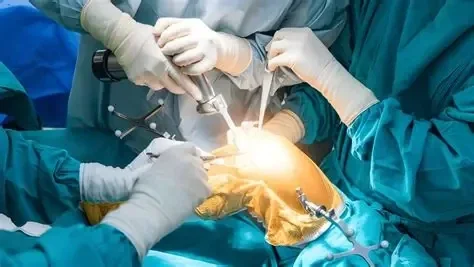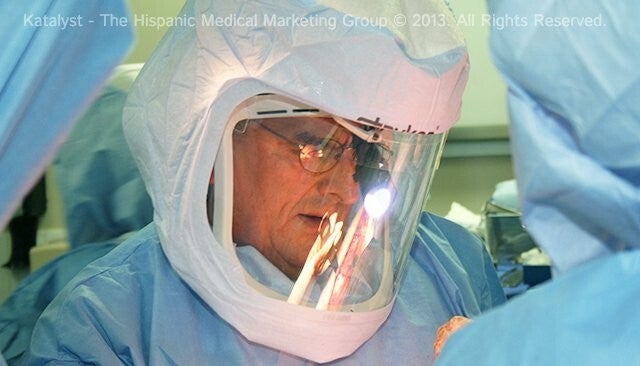Why Precision Matters in Total Knee Arthroplasty
Total knee arthroplasty (TKA) depends on precise bone alignment to ensure the implant fits correctly, functions well, and lasts as long as possible. Through our research and design work, we confirmed that standard manual cutting guides provide preset angles but do not measure or display the actual cutting angle during surgery. Instead, surgeons rely on anatomical landmarks, visual checks, and experience to position the guide correctly.
Even small misalignments can have a significant impact. Clinical research and our sponsor’s input confirm that alignment within ±3° is the accepted target for TKA. Variability beyond this, due to saw blade flexion, guide shifting, or irregular bone surfaces, can lead to implant misalignment, instability, or costly revision surgeries.
While computer-assisted and robotic navigation systems can reduce this variability, they add substantial cost, training, and equipment requirements, making them impractical for many surgical centers.

Key Challenges
- No intraoperative measurement: Standard cutting guides do not give numeric feedback during bone cuts.
-
Alignment drift: Even with careful technique, manual systems can result in alignment errors beyond the target ±3°, increasing the risk of suboptimal outcomes.
-
High cost of advanced systems: Robotic navigation tools can improve accuracy but add significant expense and setup demands.
-
Reusable tools require sterilization: This adds workload and introduces a risk of cross-contamination.

What We Learned
Through our research, prototype tests, and FEA simulations, we confirmed that standard cutting guides can shift or deform when exposed to typical surgical forces. Without built-in real-time feedback, even small guide movement or blade flexion can push a cut outside the target ±3° range.
This insight showed us that any solution must stay rigid under load, give surgeons immediate visual feedback, and adapt easily to different knee replacement systems.

The Opportunity
No existing tool combines single-use sterility, real-time angular verification, and universal compatibility with multiple knee replacement systems, all in a simple, manual device.
These challenges highlight the need for a disposable, precise, and adaptable mechanical goniometer that fills the gap between costly robotic navigation and basic manual jigs.
Ready to see our solution in action?
Discover how IntrAlign bridges this gap, combining the best features of precision, usability, and accessibility.

